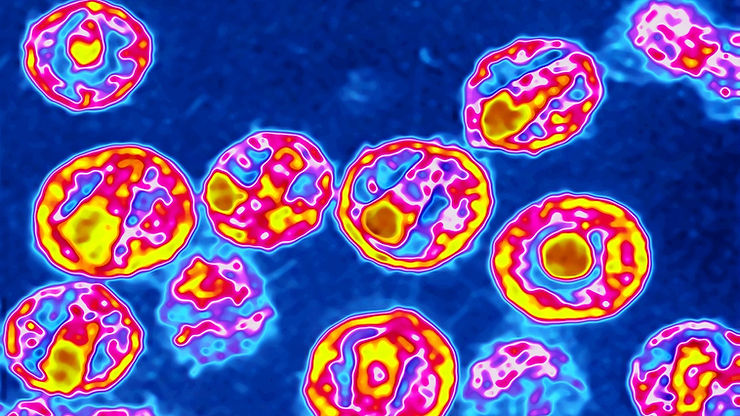By: Jason Sha
After receiving a transplant of blood stem cells containing a rare mutation called CCR5-delta 32, a 66-year-old patient with HIV was cured after 33 years with the disease. Although such a success is hopeful, the virus-defeating mutation is extremely inaccessible for nearly 38 million people around the world with HIV. Other methods, such as bone marrow transplants, place a massive amount of risk on patients and are only utilized when HIV patients have developed cancer.
Typically, HIV treatment begins with AZT, a drug approved in 1987 to help with the use of protease inhibitors, while more modern approaches utilize PrEP, a method which helps healthy people from becoming infected. Due to such developments, an HIV patient diagnosed around age 20 can utilize antiretroviral therapy – HIV management treatment – and live to 74. The patient who was cured by the transplant was extremely grateful, believing that “when [they] [were] diagnosed with HIV in 1988 … [they] never thought [they] would live to see the day that [they] no longer have HIV.”
Although this may seem like a first, it is not the first time a patient has been cured with a mutated blood stem cell. In 2007, Timothy Ray Brown, a patient at San Francisco, was cured with the same method. Although he passed away at 54, he was adamant in standing up against HIV, stating that he would “not stop until HIV is cured.” Others have used similar methods, although they are not suited for the vast majority of HIV patients.
While HIV patients still face a plethora of struggles in reaching a state of healthiness, William Haseltine, a former Harvard Medical School professor believes that it can be resolved. “The message to people living with HIV is that this is a signal of hope. It is feasible.” For the millions around the globe with HIV, treating the disease will hopefully be just a bit easier in the future. And for those without it? Practicing safe sexual practices will help to reduce the risk of attaining the disease.











